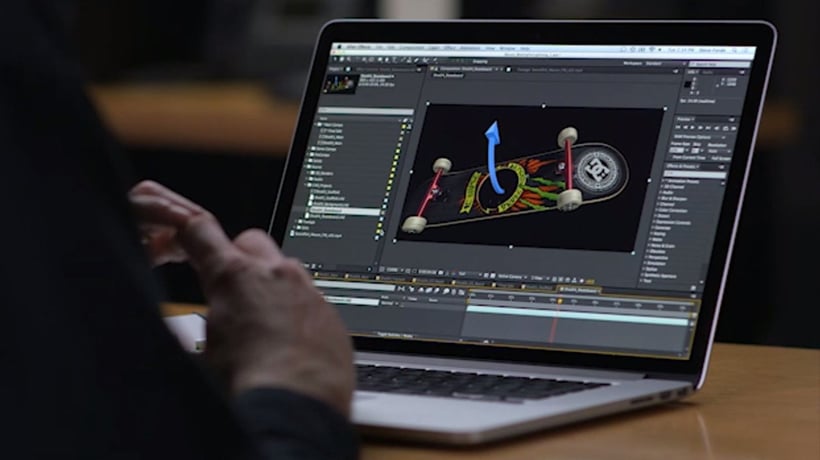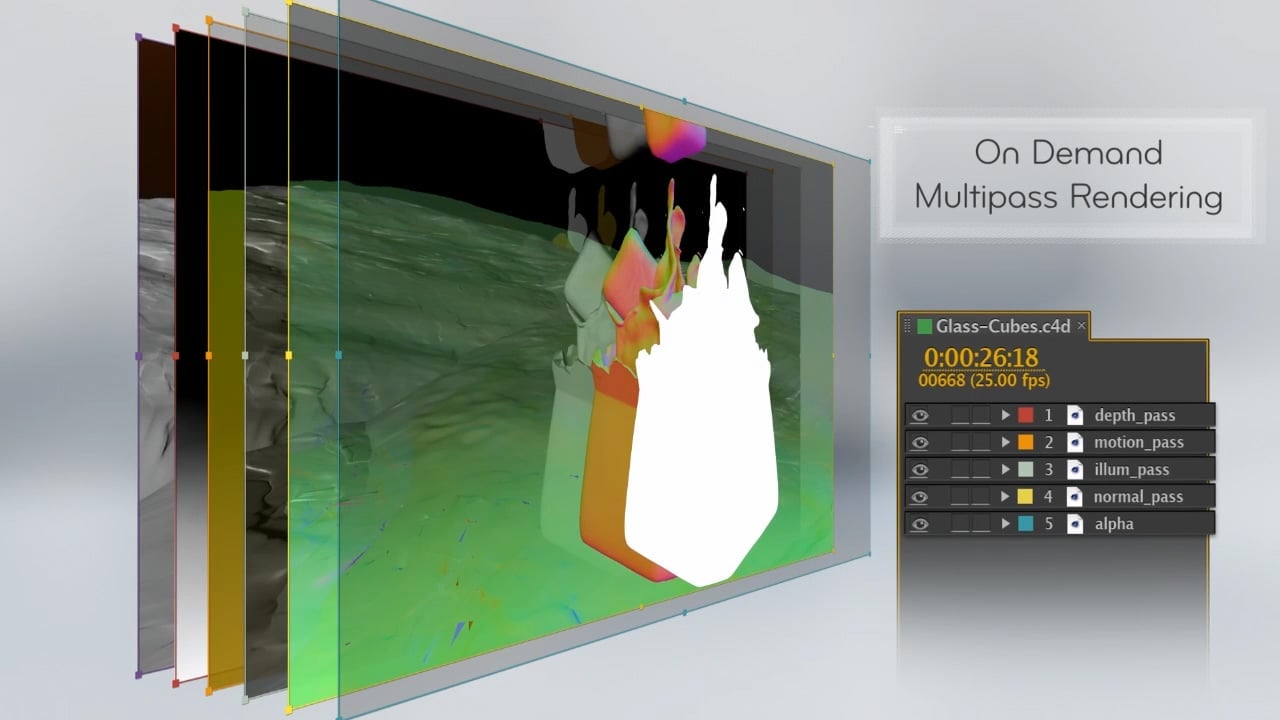
After Effects and Typography Animation — A Lovely Duo for a Demo Reel Intro!
Even when you use After Effects every day, know it inside out, and whisper bedtime stories to it before it sleeps, this compositing/animation...

On the occasion of NAB 2013 kicking off this weekend in Las Vegas, Adobe has just unveiled the next generation of its video products.
One of the most promising new features for all Cinema 4D users!
The integration between the two programs has been completely redesigned and is now fully built-in thanks to the recent strategic partnership between Adobe and Maxon. As a user of both applications, I can only be delighted by this announcement — here are the first details. Below is a presentation video of the new Cineware effect:

More information about Cineware in this dedicated article, with presentation videos and artist interviews.
Cinema 4D Lite R14 will now be included with the After Effects installation (in the same way as Mocha). This version is close to the Prime edition of the software, even though some features missing from Prime are available in Lite and vice versa. It will be possible to create a .c4d file directly from After Effects and launch Cinema 4D to edit it straight from within After Effects.
Rotoscoping is evolving! Roto Brush has been completely redesigned and now includes a powerful Refine Edge effect, allowing for complex cutouts after just a simple brush stroke over an area.
The new 3D tracking tool was already powerful, but it’s now controllable!
You can now set your scene’s origin from a tracking point. This was really missing and will let you define the origin of your 3D environment (the 0,0,0 of your spatial coordinates) wherever you want.
It will also be easier to delete tracking points to improve results. If a person passes in front of the camera, you can select the points tracked on that person and they’ll be ignored in all frames.
The Warp Stabilizer effect will now have a new name, Stabilization Warp VFX. I’m not sure what it will be called in French, but this effect has also been improved.
You can now prevent it from scaling the video to compensate for forward or backward camera movement. Various modes will be available in the advanced menu, such as reversible stabilization, allowing you to temporarily stabilize footage to make it easier to apply effects or corrections before restoring the original camera motion.
Finally, a simple built-in effect to create artificial motion blur on video. This was already possible using the Timewarp effect (example in this tutorial), and the Pixel Motion Blur settings will be quite similar — they share the same algorithm.
And that’s not all — dozens of other improvements, new features, and changes will appear in this new version. You can find the full list on the official After Effects blog.
Creative Cloud members will have access to all these new features in an upcoming software update. What do you think of these announcements?
I am the Founder of Mattrunks. I work as Creative Director and Motion Designer in my studio. I also create video tutorials to share my passion of motion.
Newsletter
© 2007-2025 Mattrunks – Developed by Grafikart